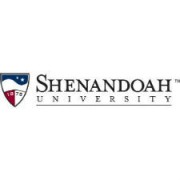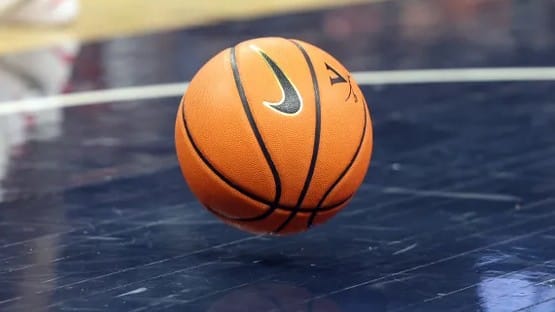
The iMLearning (or Integrated Mobile Learning) initiative was designed to create an even playing field for all students and to make their transition to college as seamless as possible. Faculty and staff were also included in the program.
On March 16, 2020, COVID-19 forced the university to transition to a fully online education model. Thanks to iMLearning, the transition has been a success.
“Our students are prepared and equipped,” said Don Silvius, M.S.Ed., iMLearning support specialist, who was instrumental in bringing the program to Shenandoah. “iMLearning was designed to allow students to take learning materials wherever they go, and to have them available 24/7, at the student’s convenience. We’ve done that many times over. COVID-19 cannot stop Shenandoah University from educating our students, and transitioning from in-person to online classes was not much more than flipping switches. That was just another challenge we accepted and met.”
The Evolution of iMLearning at Shenandoah
In early 2009, Shenandoah announced it would launch iMLearning with both its freshman class and with graduate students in select programs.
The first test run occurred in early May 2009. The university gave a MacBook and either an iPhone or iPod touch to 174 faculty and to members of the Help Desk team to use every day. Notes were taken and the process was tweaked.
The program launch began in August 2009, with students receiving a MacBook and their choice of an iPhone or an iPod touch. In 2010, Apple introduced the iPad, and Shenandoah added that as an option. In 2013, Shenandoah eliminated the iPhone and iPod touch and students had the option of an iPad or iPad mini.
Students now receive a MacBook, iPad and Apple pencil.
Students lease the equipment for eight semesters, after which it’s theirs to keep. Students pay for the devices through a per-semester fee that is included in student tuition.
Since 2009, Shenandoah has given students more than 25,000 devices. Setup of the devices, which took about 20 minutes in 2009, can now be completed in about two minutes.
COVID-19 and Shenandoah’s Response
When COVID-19 forced universities and colleges across the country to turn to distance and online learning, moving every course fully online was not a strategy Shenandoah had ever considered.
However, the iMLearning initiative allowed Shenandoah students, faculty and staff to not only respond to this new “normal,” but also to do so in a way that is transforming both teaching and learning.
“I don’t know that anyone can ever be fully prepared for what we are experiencing right now due to the coronavirus, but fortunately, due to the iMLearning program, Shenandoah had a leg up on transitioning to online learning,” said Quaiser Absar, M.S., director of institutional computing. “The majority of our faculty and students already had equipment in hand, so the transition was rather seamless.”
Having students and faculty on the same platform ensures that course delivery and reception of content is the main focus. Hardware support and software interoperability have not been an issue. Prior to the coronavirus outbreak, Institutional Computing offered 24/7 help desk support, and that has continued, whether the people in need of assistance are on campus or working remotely. In addition, officials in Institutional Computing have quickly set up a mail-based process for iMLearning equipment repairs and loaners, so students don’t have to work through a third-party retailer if they have any issues. And because of COVID-19, Shenandoah is shipping the iMLearning equipment to students enrolled in this summer’s courses.
“The one-to-one initiative of iMLearning is part of our technology DNA,” said Richie Crim, M.S., director of academic computing technology. “More importantly, it’s part of our teaching and learning DNA. As a result of COVID-19, iMLearning is now the hinge that all things teaching and learning pivots upon.”
Information from Shenandoah University Media Relations










